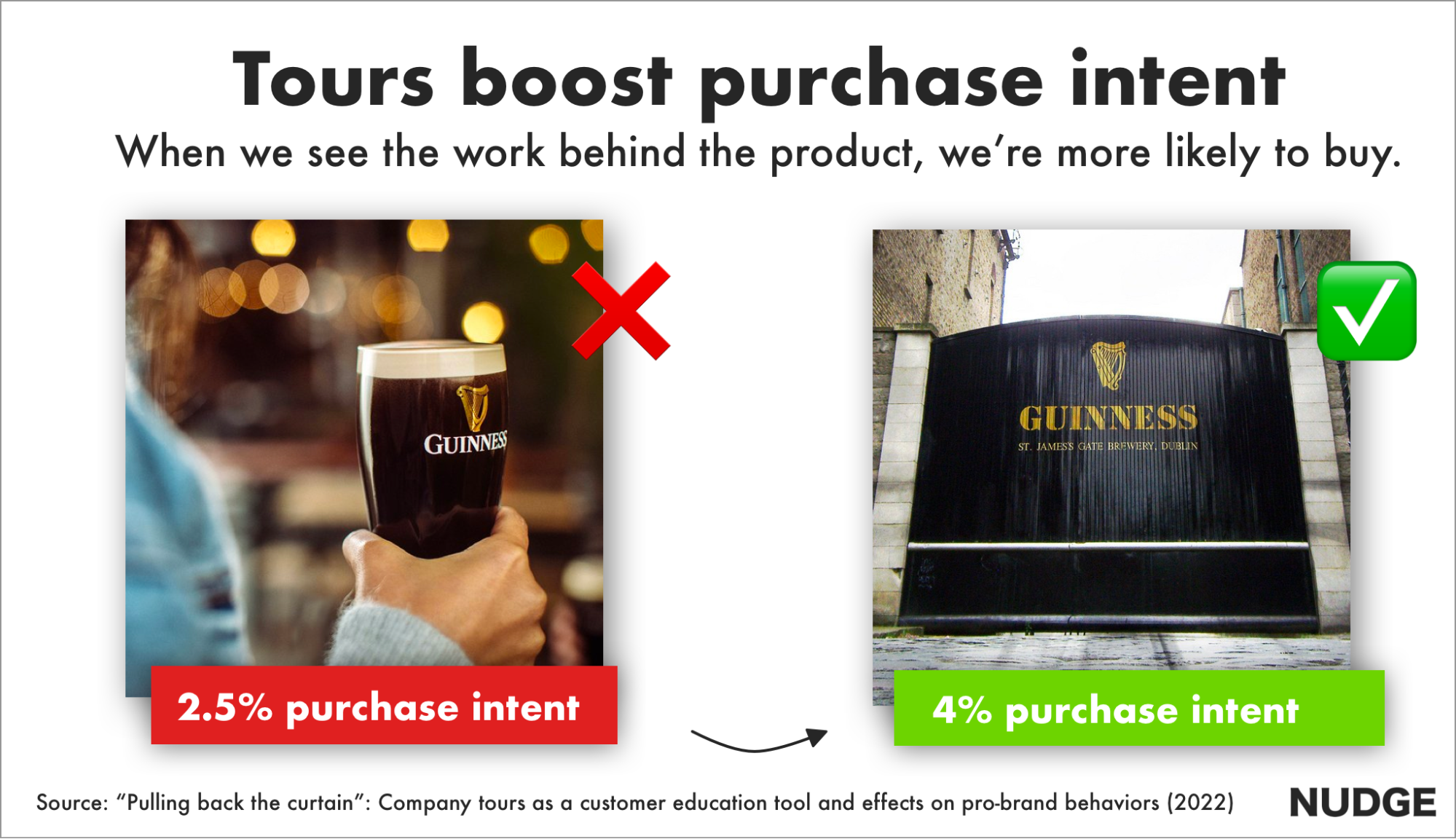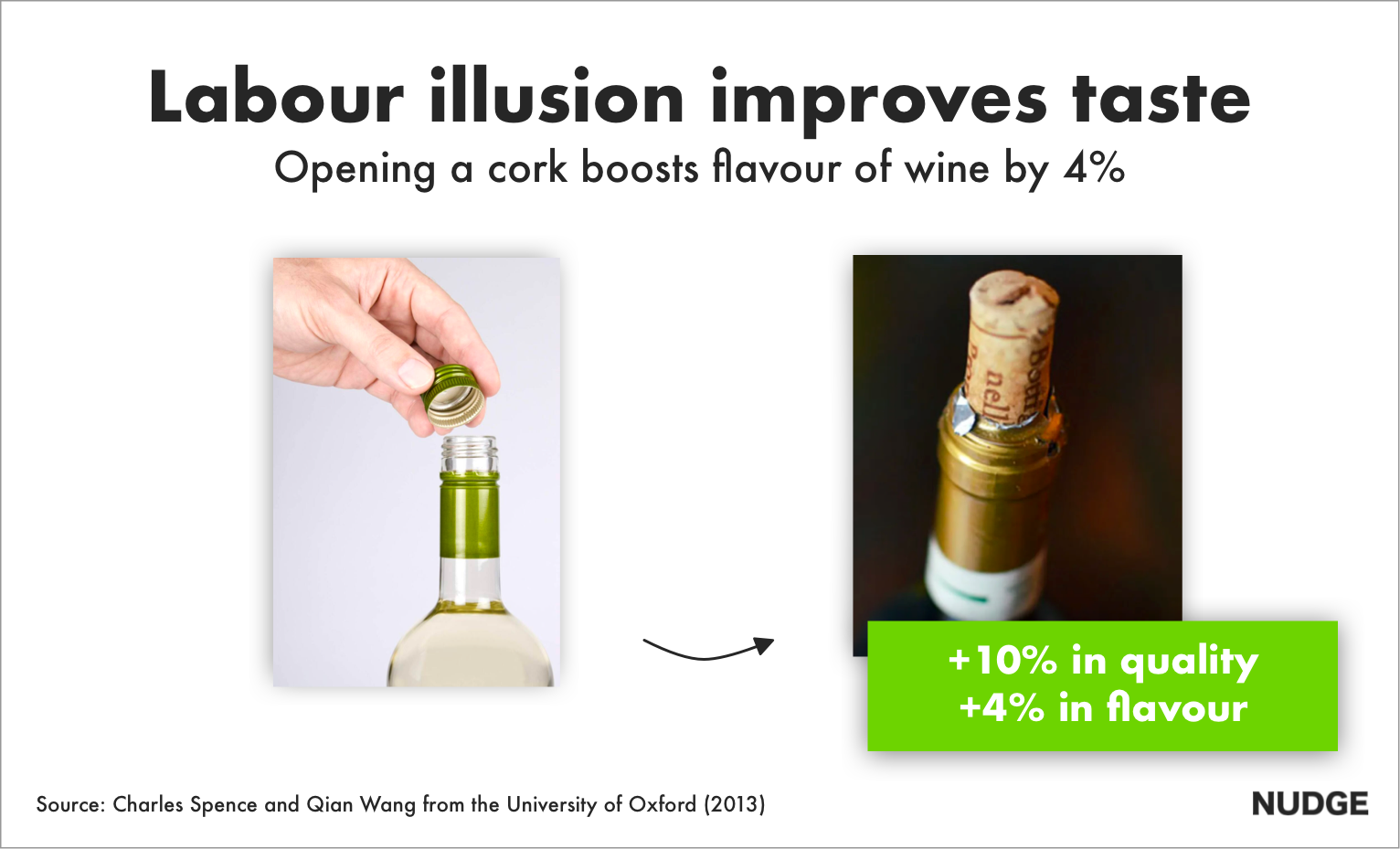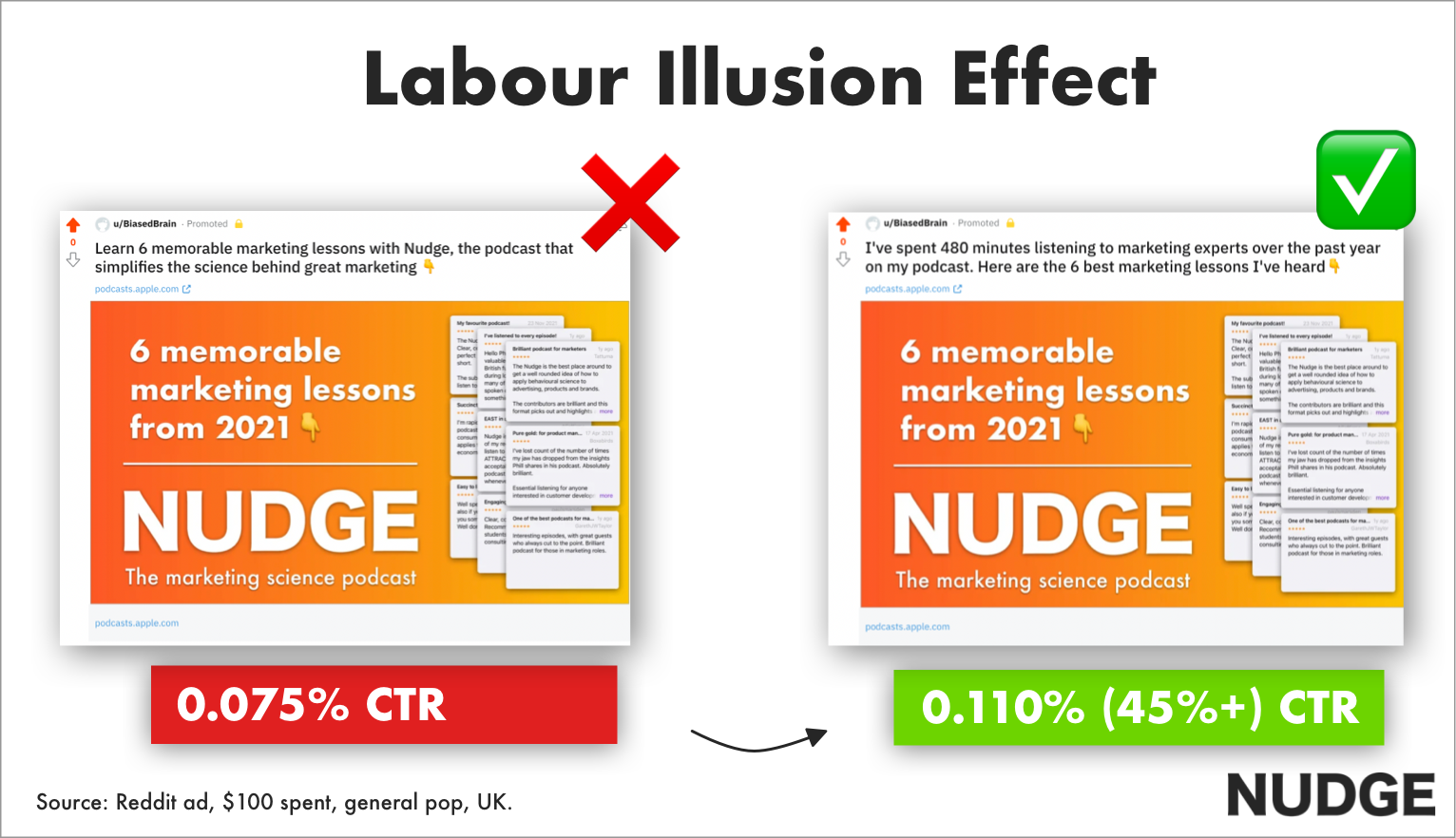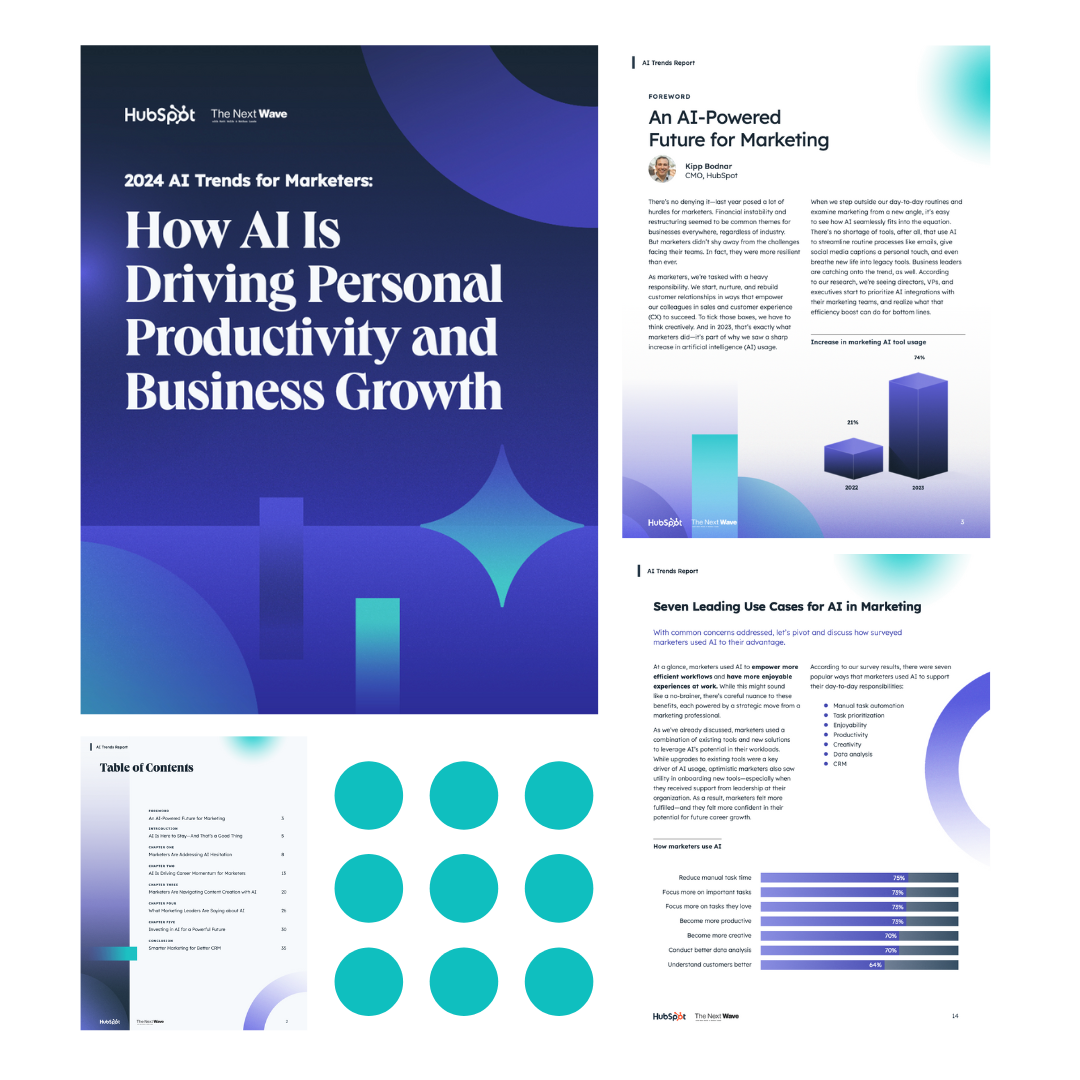
Input Bias: The Human Edge in Marketing When AI Becomes the Best Marketer
Input bias is a psychological phenomenon that could help marketers stay relevant in an AI-dominated future. As AI systems become increasingly capable of handling marketing tasks, understanding and leveraging human preferences for effort-based products and services becomes crucial.

Hands reaching through phone screen connecting
While AI can efficiently create and market products, research shows that customers inherently prefer items and services that demonstrate significant human effort, expertise, and time investment. This preference, known as input bias, suggests that the amount of input serves as a quality indicator in consumers' minds.
Key evidence of input bias in action:
- Factory tours increase purchase intent by 60%
- Cork-top wines taste 4% better when opened manually
- Marketing campaigns highlighting human effort show 45% better performance

Guinness logo on beer advertisement

Hand uncorking wine bottle
To leverage input bias effectively, marketers should:
- Showcase the human effort behind products and services
- Highlight team expertise and years of experience
- Document and share development processes
- Emphasize quality over quick AI solutions

Input bias in advertising diagram
Even as AI systems like Meta's Cicero become more sophisticated at human manipulation and persuasion, consumers will continue to value products and services that demonstrate genuine human effort and creativity. This presents a clear opportunity for marketers to differentiate themselves and maintain relevance in an AI-driven future.

HubSpot AI Marketing Trends Report Cover
By focusing on communicating the human element in their work, marketers can create lasting value that AI cannot easily replicate.
